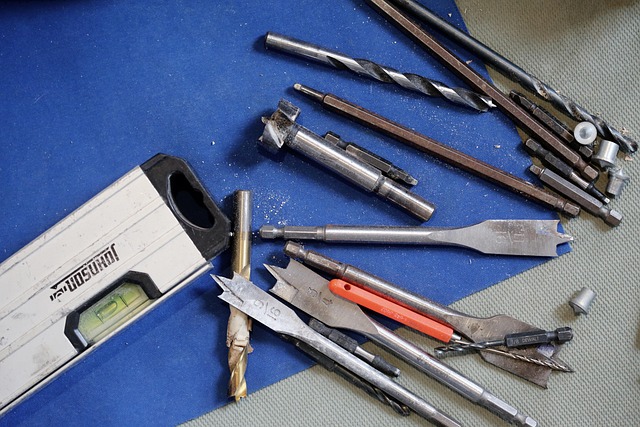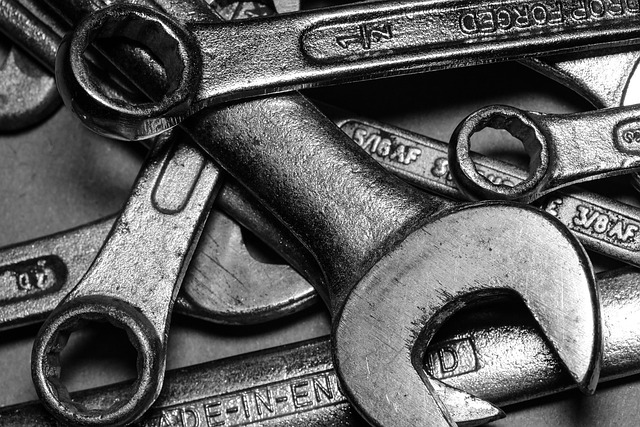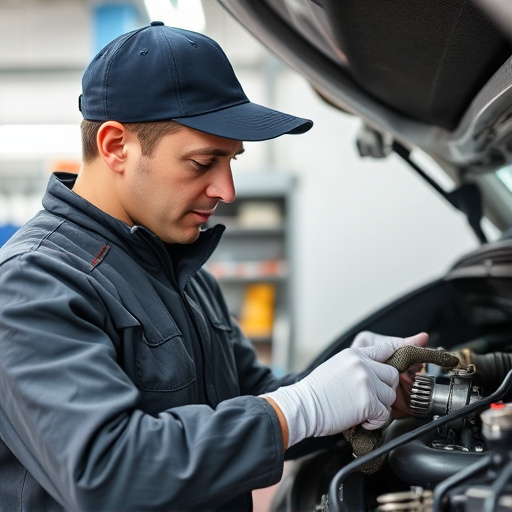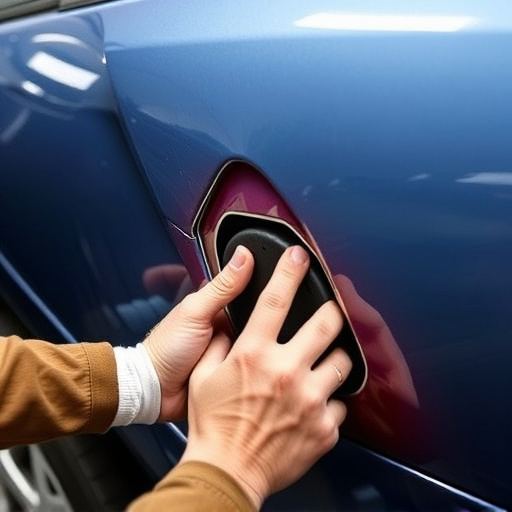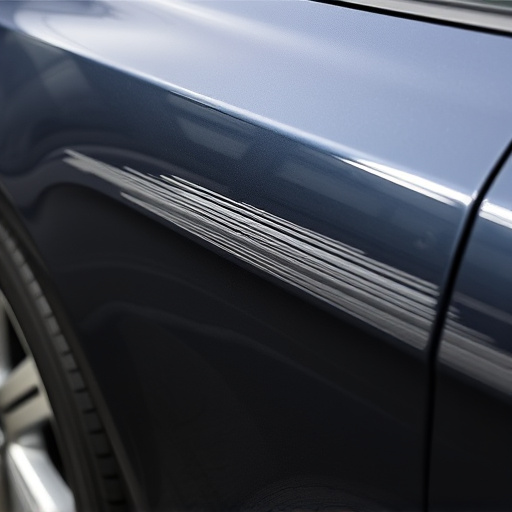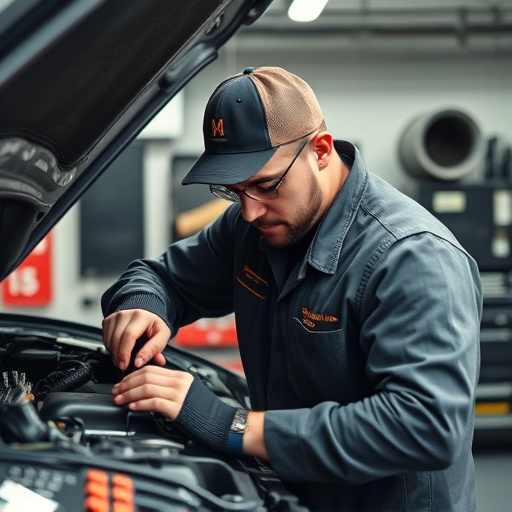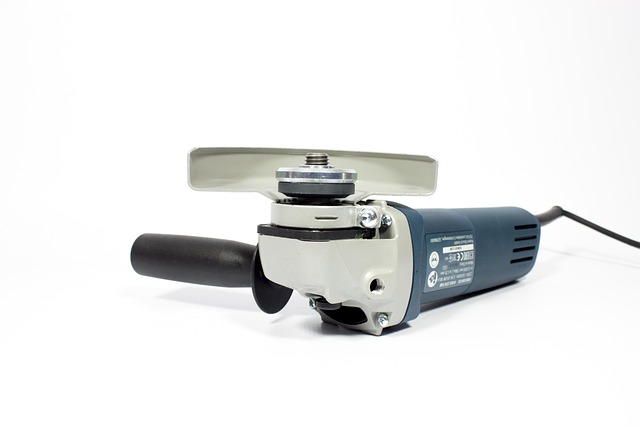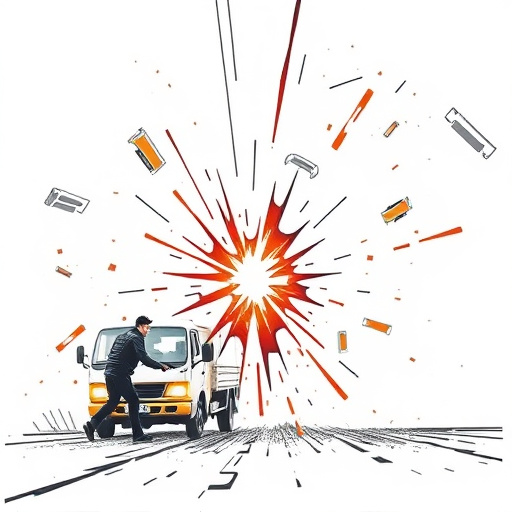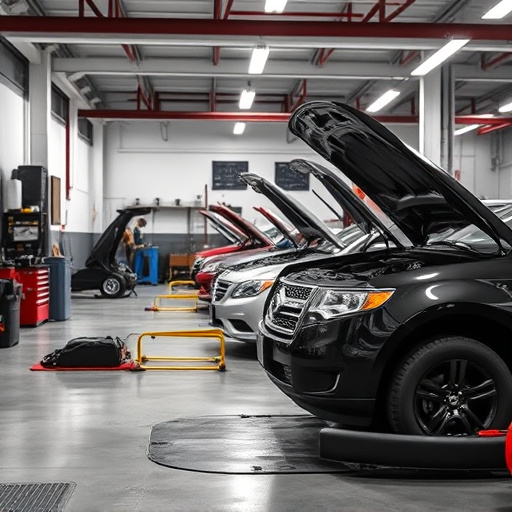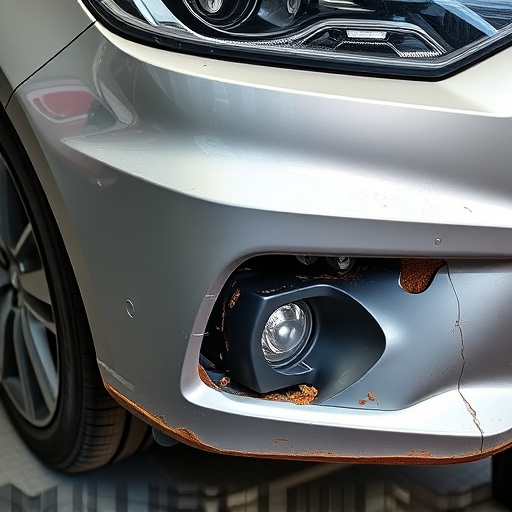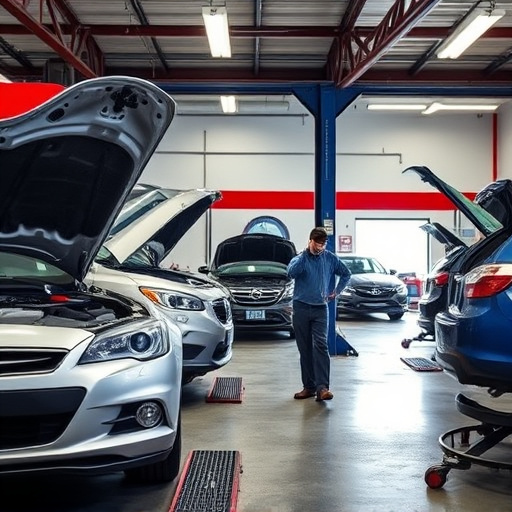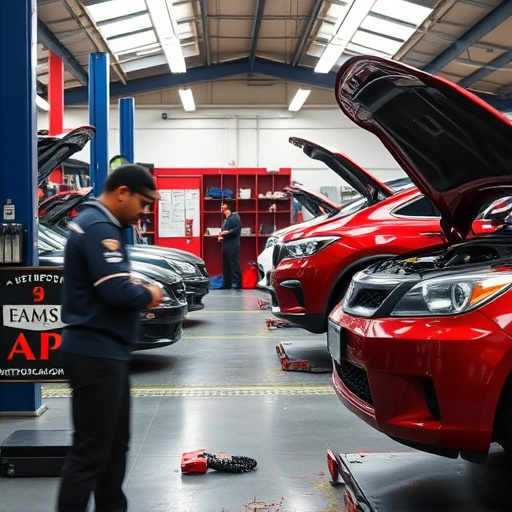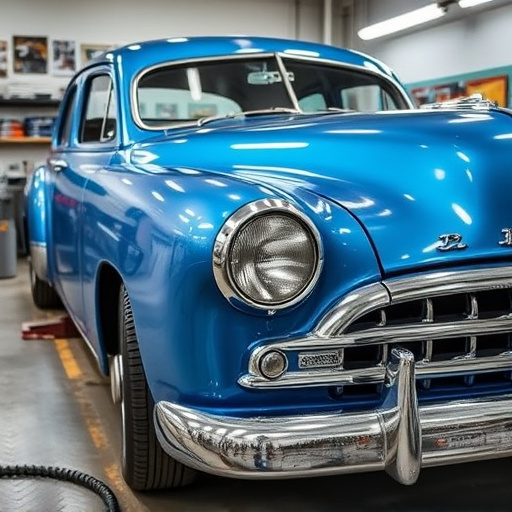Collision repair technicians leverage advanced techniques like precision welding, CAD systems, and paintless dent repair to restore vehicles to pre-accident condition. They employ cutting-edge tools, from laser measuring systems to robotic welding machines, ensuring accurate repairs. Continuous learning in digital technologies and advanced safety standards is crucial for these professionals to meet the growing demand for skilled technicians across various vehicle makes and models.
In today’s automotive landscape, collision repair technicians play a pivotal role in restoring vehicles to their pre-accident condition. With advancements in technology, modern collision repair involves sophisticated techniques and tools that have transformed the industry. From precision welding to advanced paint matching software, these professionals now utilize cutting-edge resources. This article explores the evolving skills needed by collision repair technicians, delving into contemporary methods and the technological arsenal that defines their work in the 21st century.
- Understanding Modern Collision Repair Techniques
- Tools and Technology in Their Arsenal
- The Evolving Role: Skills for Today's Technician
Understanding Modern Collision Repair Techniques
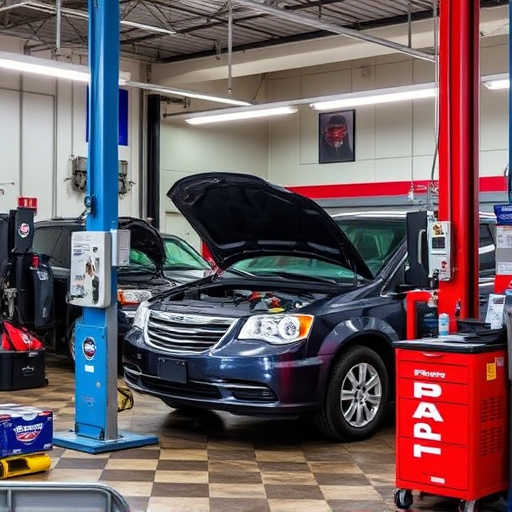
Collision repair technicians today employ advanced techniques that have revolutionized the automotive industry. Modern collision repair involves a blend of both traditional and innovative methods to ensure vehicle restoration to its pre-accident condition. These techniques range from precision welding and metal fabricating to sophisticated computer-aided design (CAD) systems for precise measurements and adjustments.
One notable trend in modern collision repair is the increasing use of paintless dent repair (PDR) for minor dents and scratches, which reduces downtime and costs compared to conventional painting methods. Additionally, advanced materials and technologies like composite repairs and structural adhesive bonding enhance structural integrity while minimizing scrappage. Mercedes Benz collision repair, for instance, leverages these cutting-edge techniques to restore luxury vehicles to their original condition, highlighting the versatility and skill of today’s collision repair technicians across various automotive makes and models.
Tools and Technology in Their Arsenal
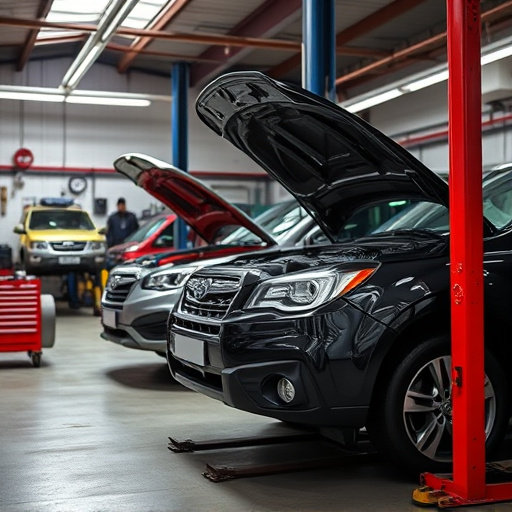
Collision repair technicians today operate with a sophisticated arsenal of tools and technology, far beyond the hammers and screwdrivers of yesteryear. Modern auto body shops are equipped with advanced machinery like computer-aided design (CAD) software to accurately measure and map vehicle damage, enabling precise repairs. Laser measuring systems provide exact dimensions for panel replacement, while robotic welding machines ensure consistent, high-quality welds.
In the realm of aesthetics, these technicians leverage specialized tools for delicate tasks such as vehicle dent repair and dent removal. They use air compression and specialized suction tools to expertly extract dents without damaging the surrounding panels. Additionally, they employ advanced paint matching technology to ensure color accuracy during repainting, giving vehicles a factory-fresh appearance at the collision repair center.
The Evolving Role: Skills for Today's Technician
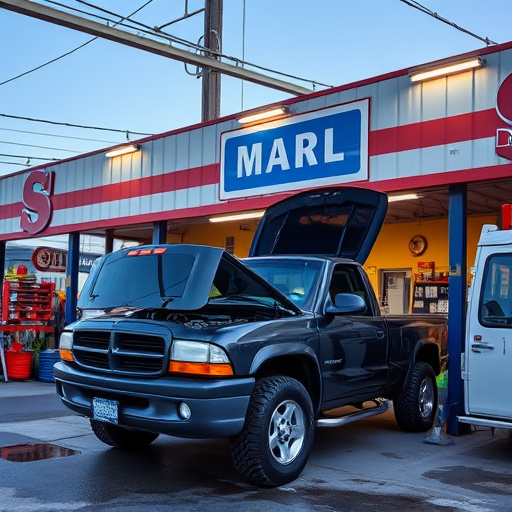
In today’s dynamic automotive industry, the role of a collision repair technician has evolved significantly. Beyond the traditional skills required for physical repairs, modern technicians need to be adept in digital technologies, as many modern vehicles are equipped with sophisticated systems that require specialized knowledge to fix and calibrate accurately. They must also possess strong problem-solving abilities, as vehicle designs have become increasingly complex, necessitating a deep understanding of structural integrity and safety standards.
The demand for skilled collision repair technicians continues to grow due to the increasing complexity of vehicles and the need for efficient, high-quality collision repair services. To stay ahead in this competitive field, these professionals must be well-versed in various areas, including advanced welding techniques, computer-aided design (CAD) software for precise measurements, and the latest safety features found in modern cars. This ongoing learning ensures they can effectively handle today’s vehicle collision repairs while contributing to the overall safety and reliability of vehicles on the road.
Collision repair technicians today are far from your grandfather’s welder. With modern techniques, advanced tools, and a blend of technical skills and problem-solving abilities, these professionals employ state-of-the-art equipment and digital systems to expertly restore damaged vehicles. As the automotive industry continues to evolve, so too does the role of the collision repair technician, making it an exciting time for those looking to enter this dynamic field.
